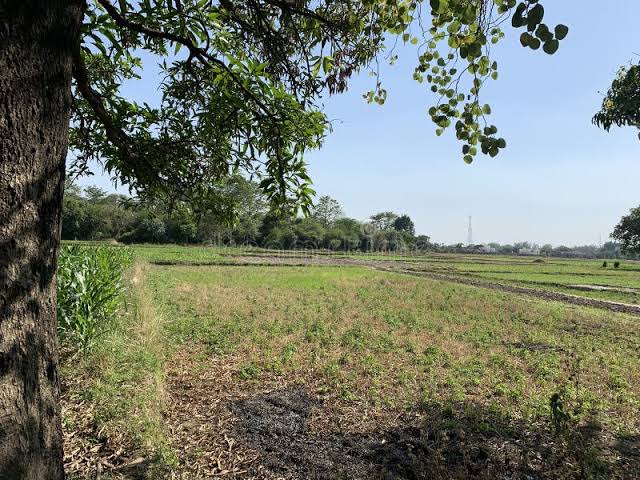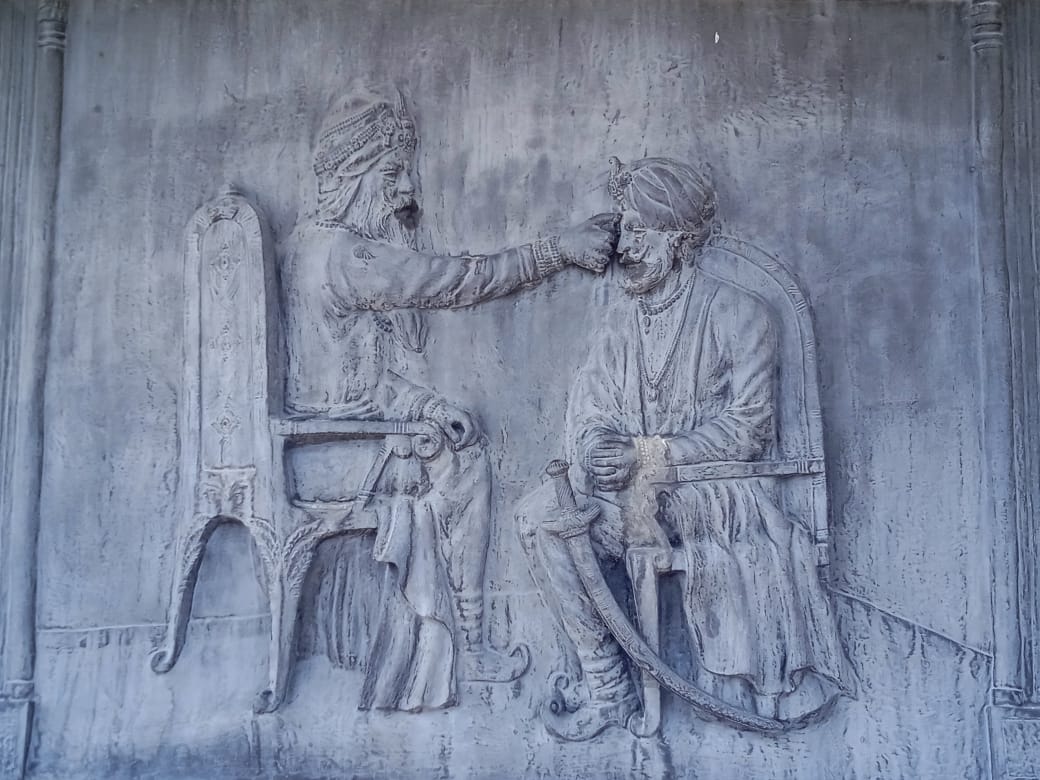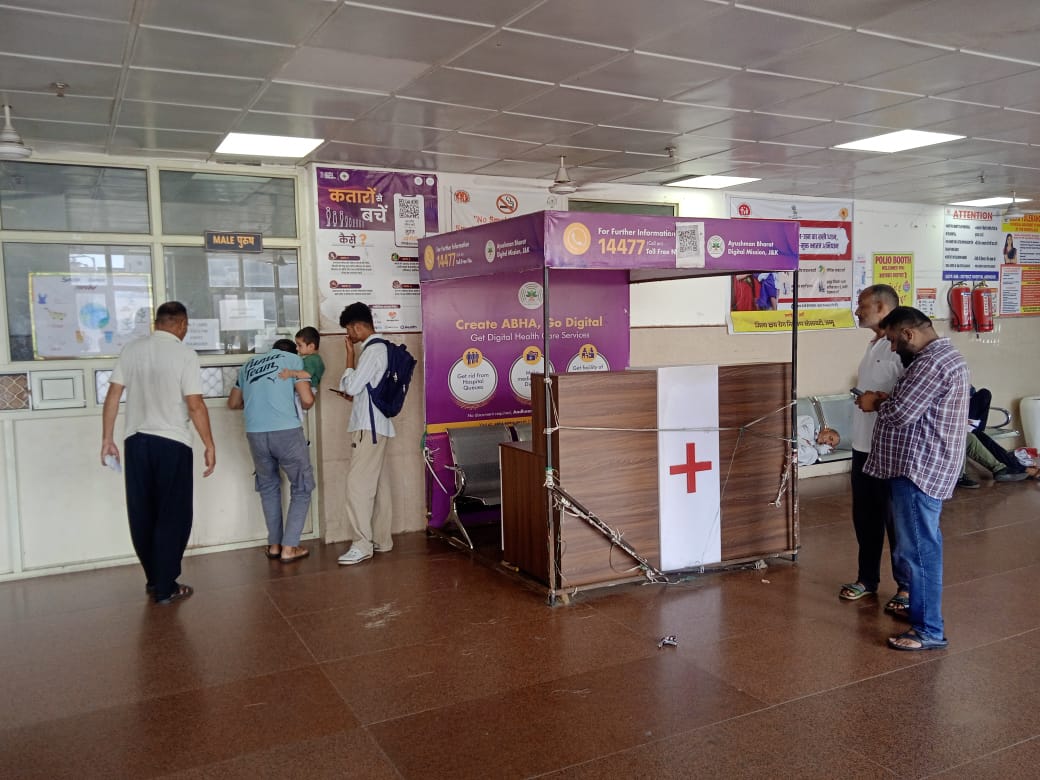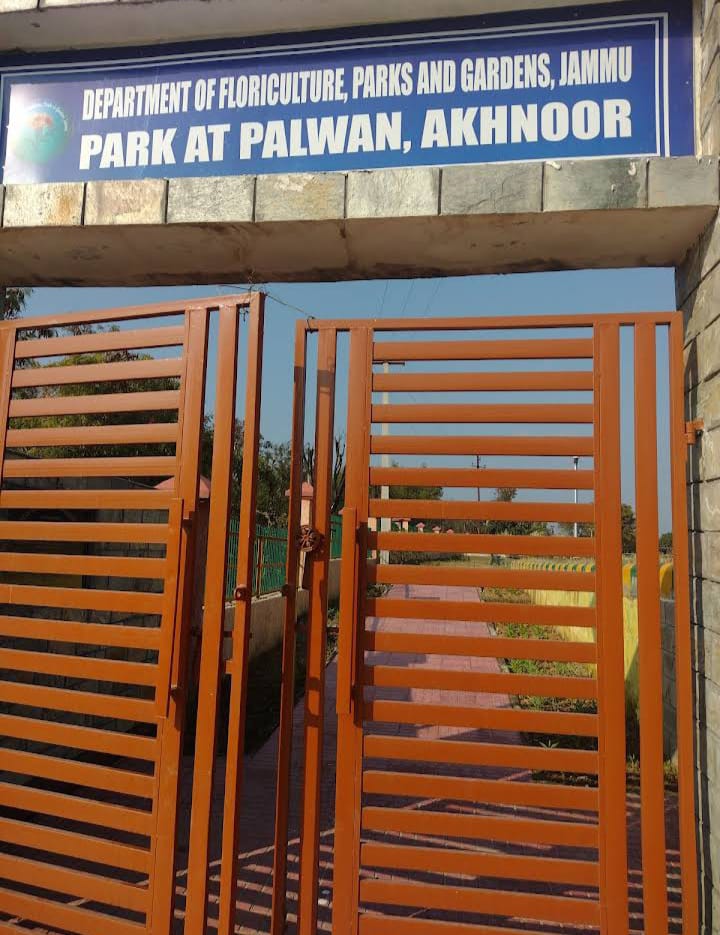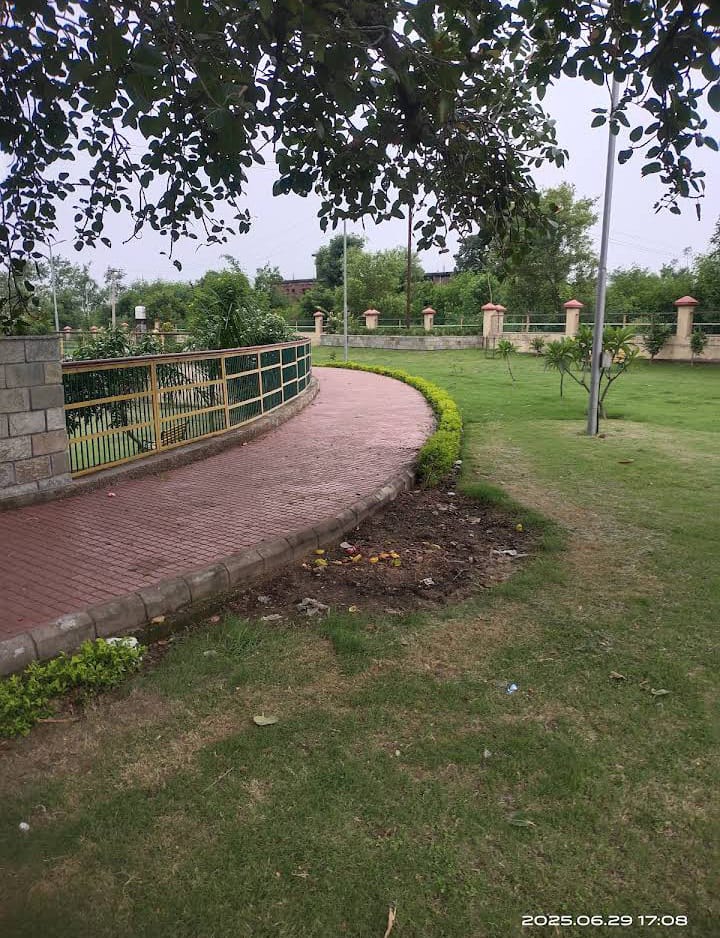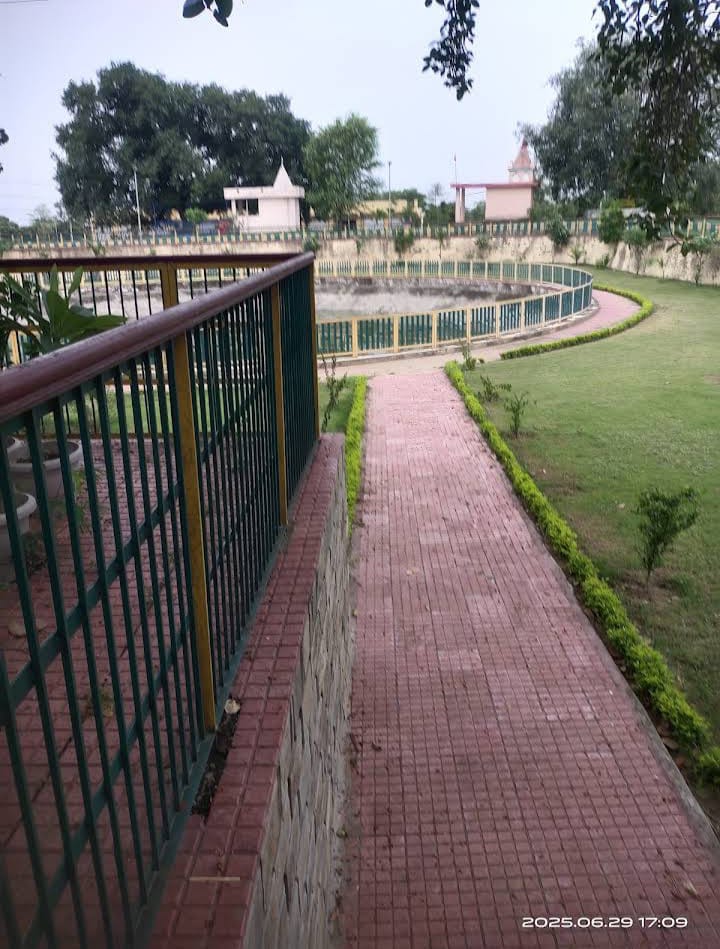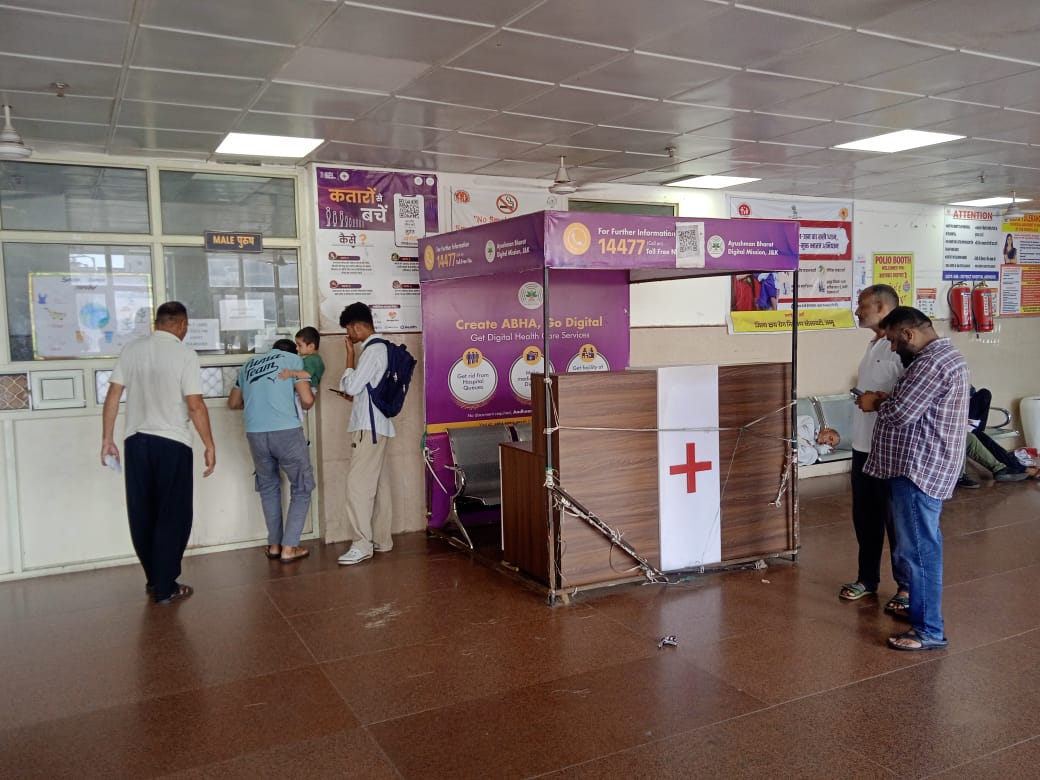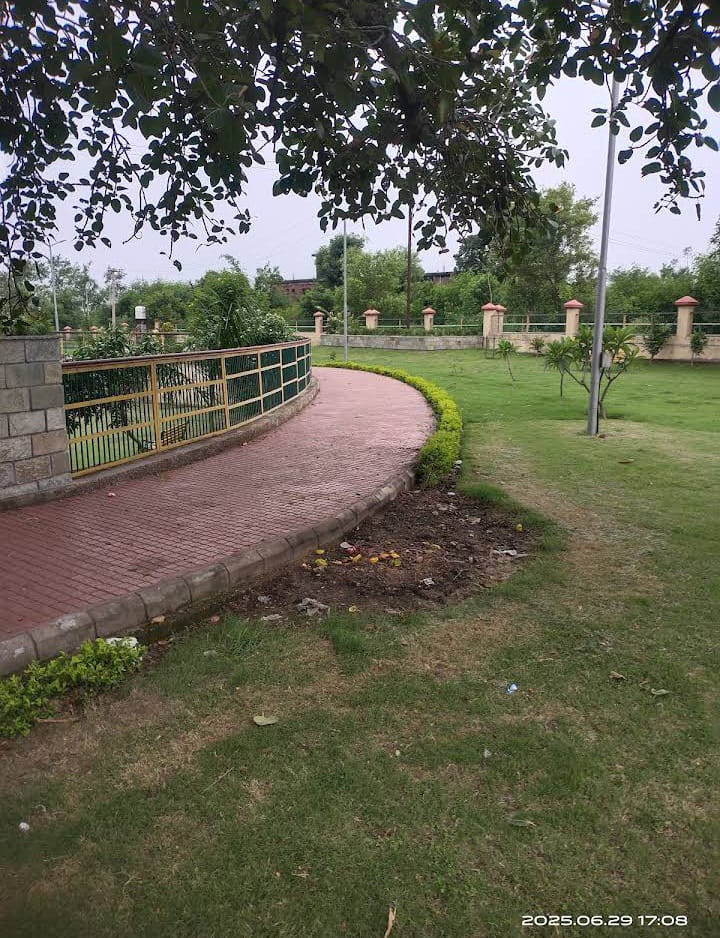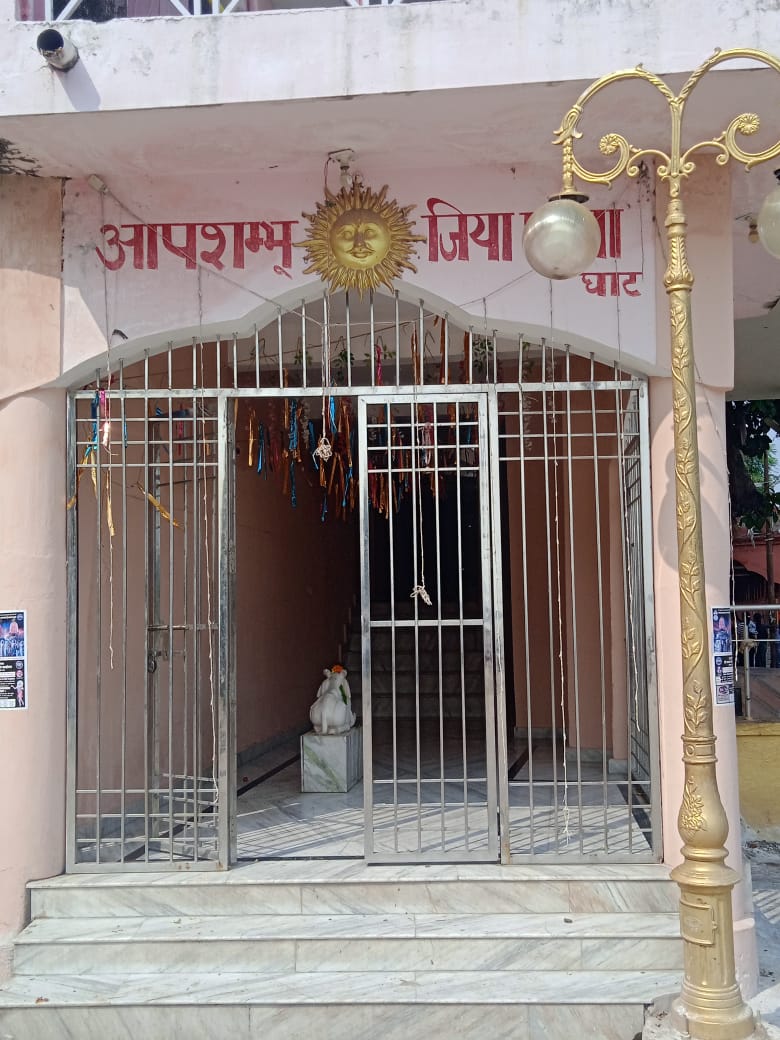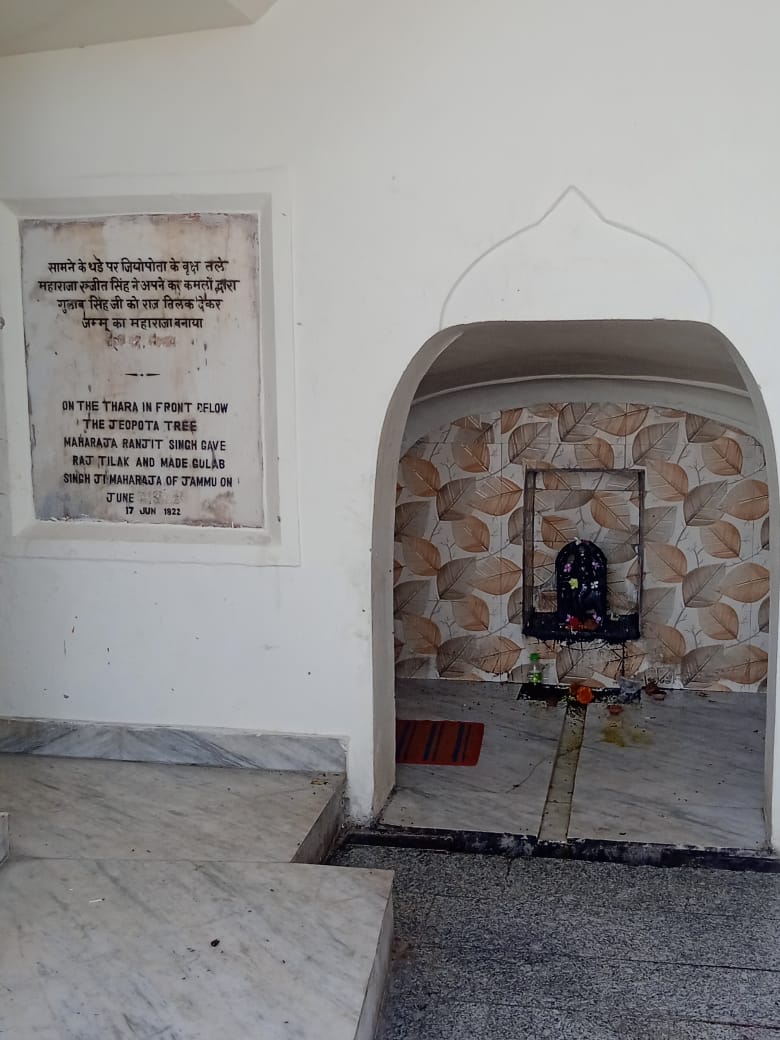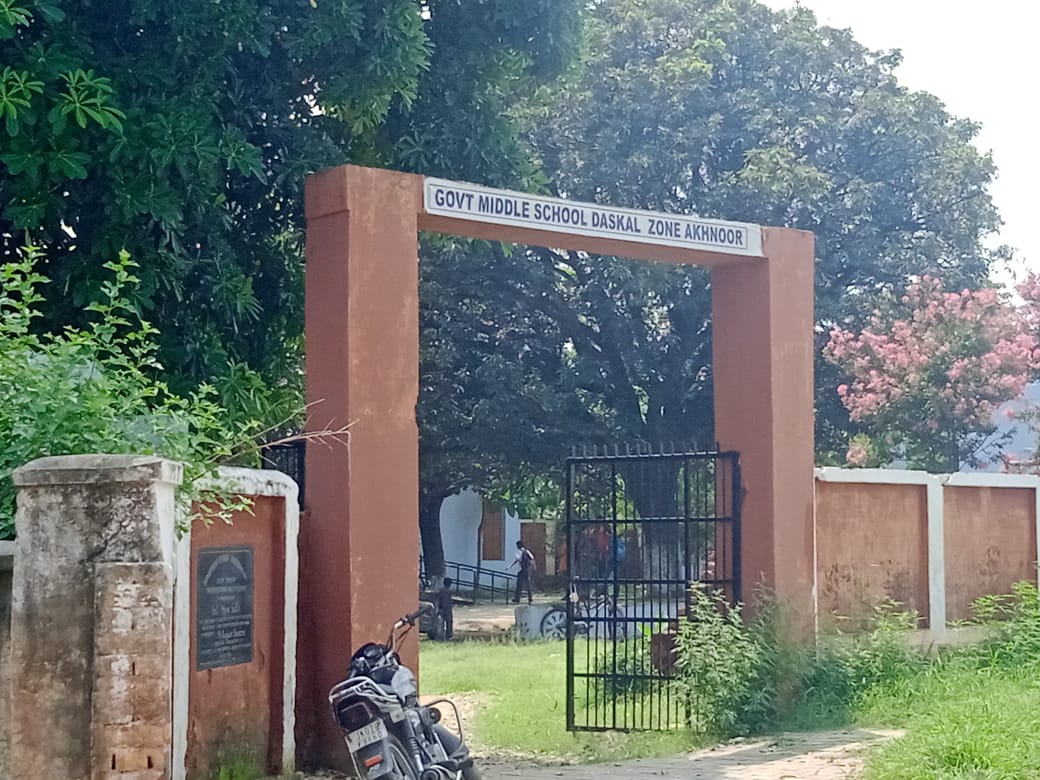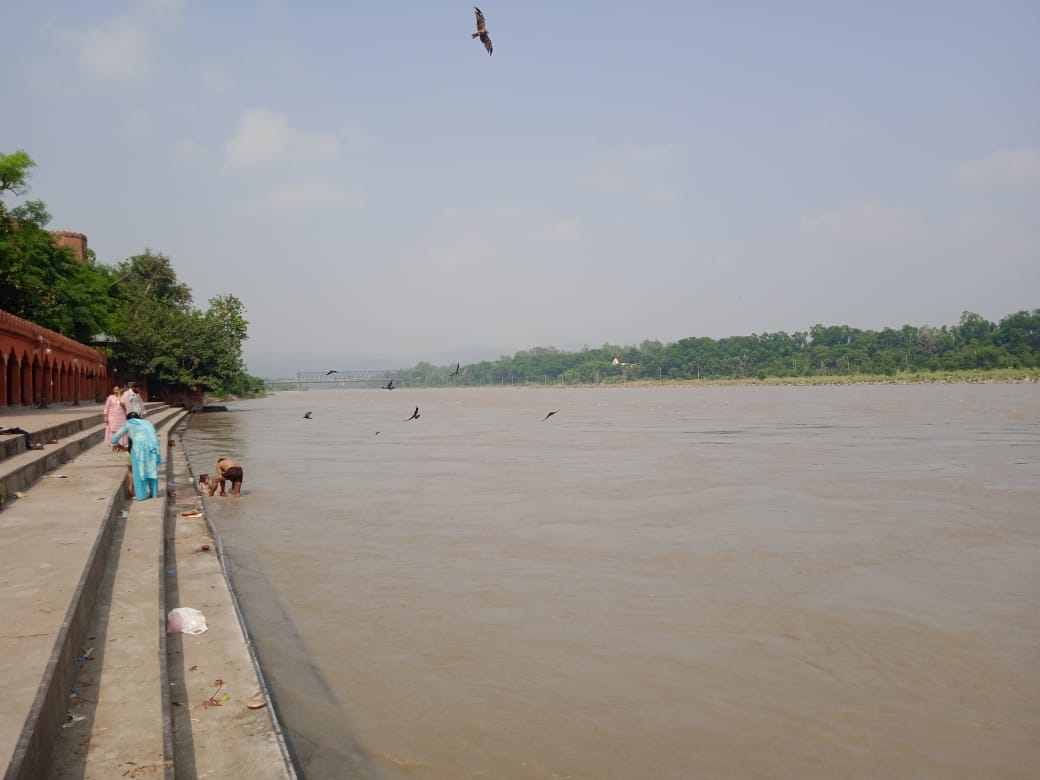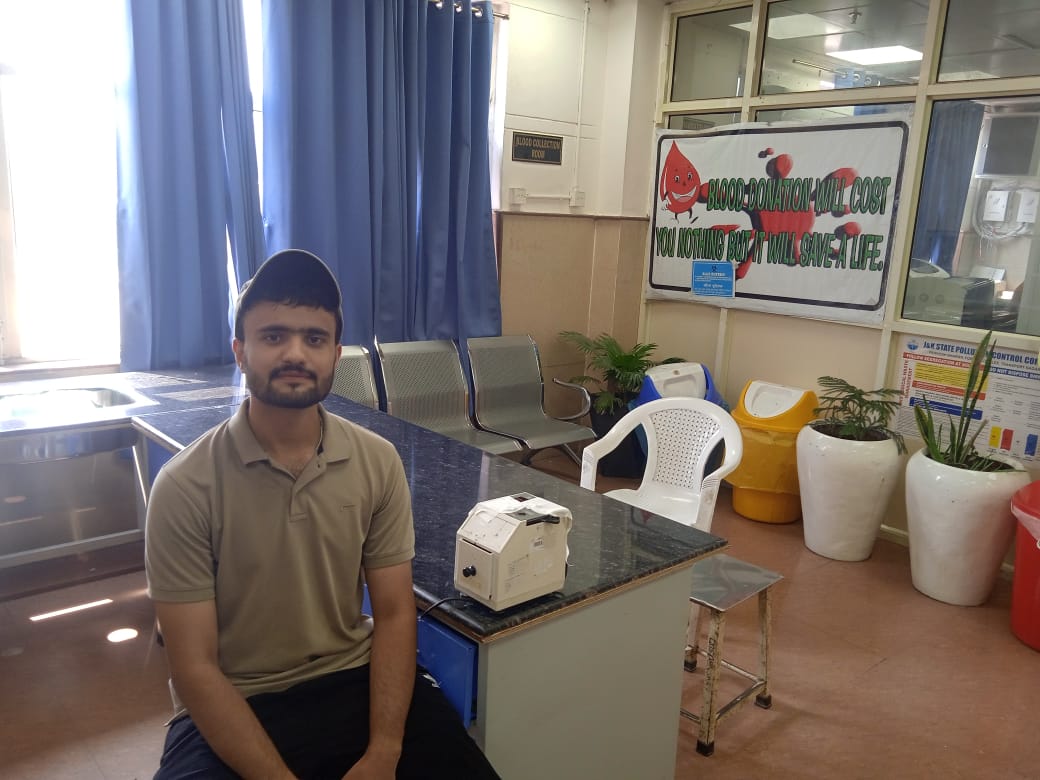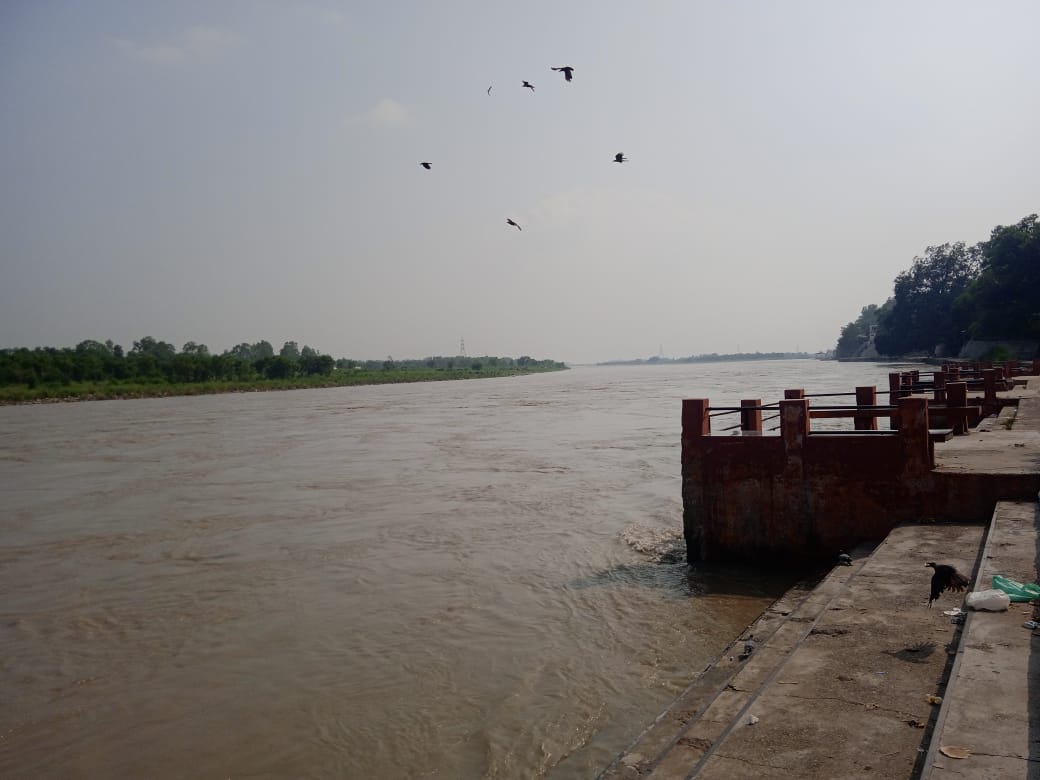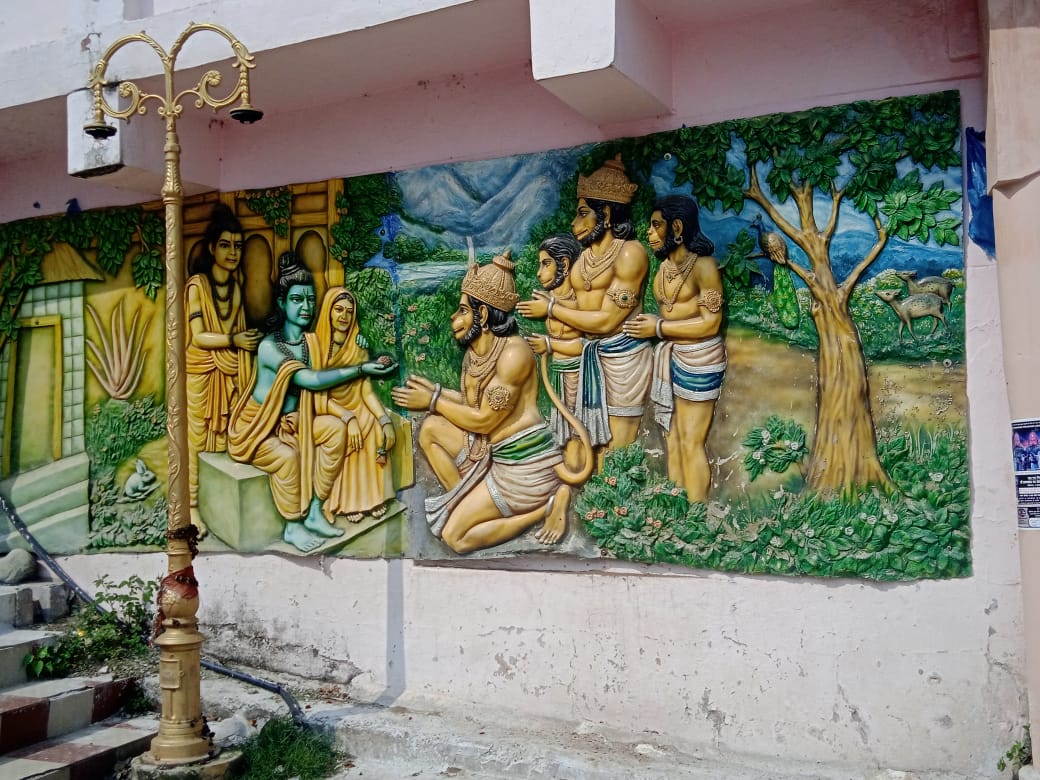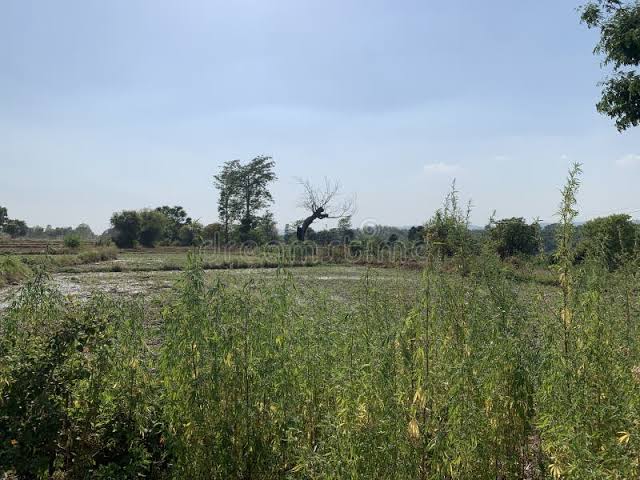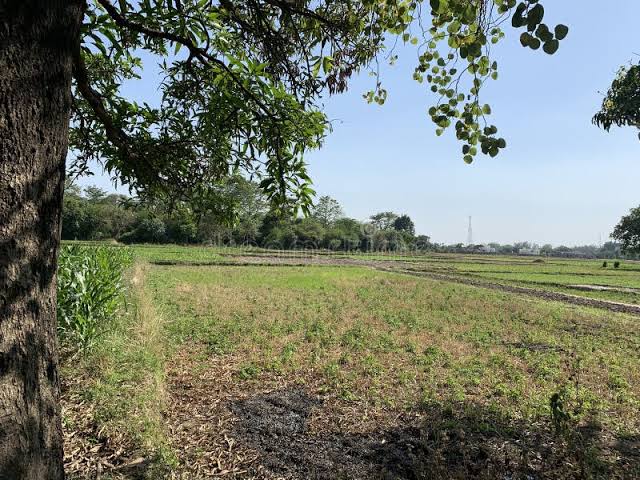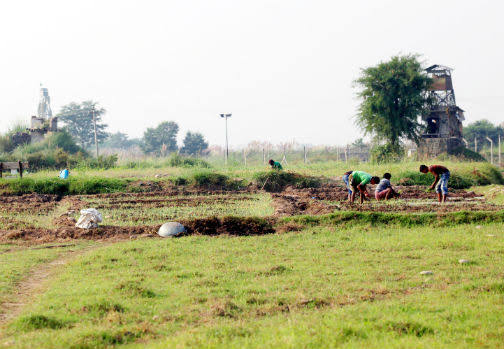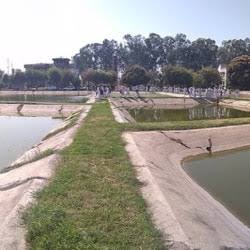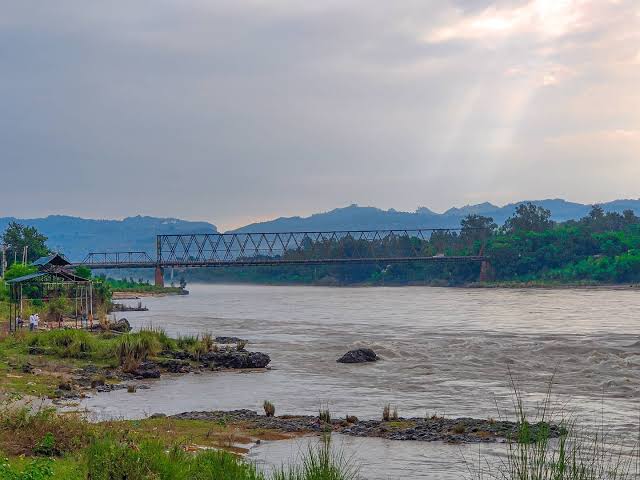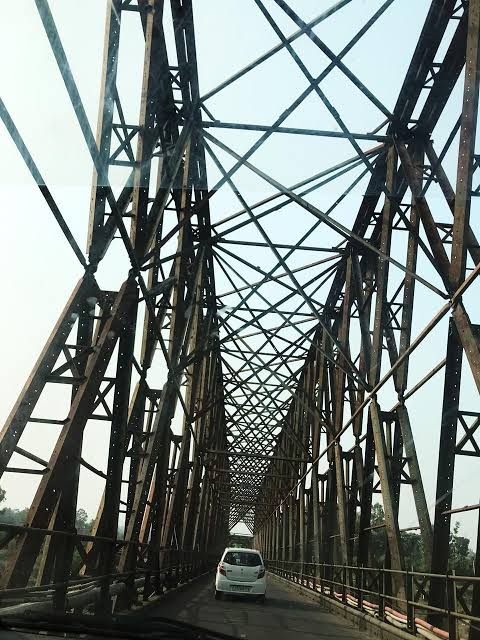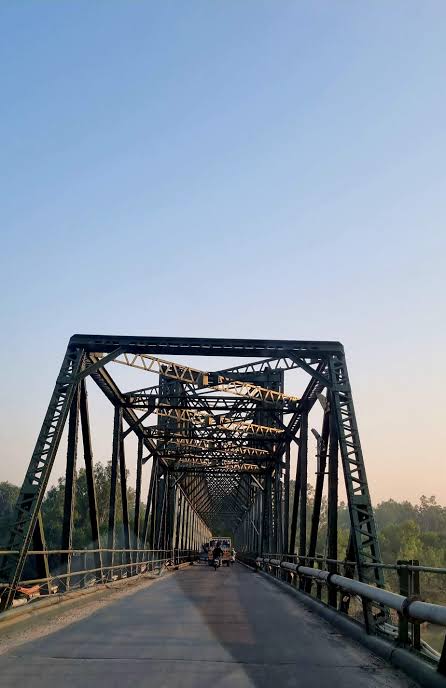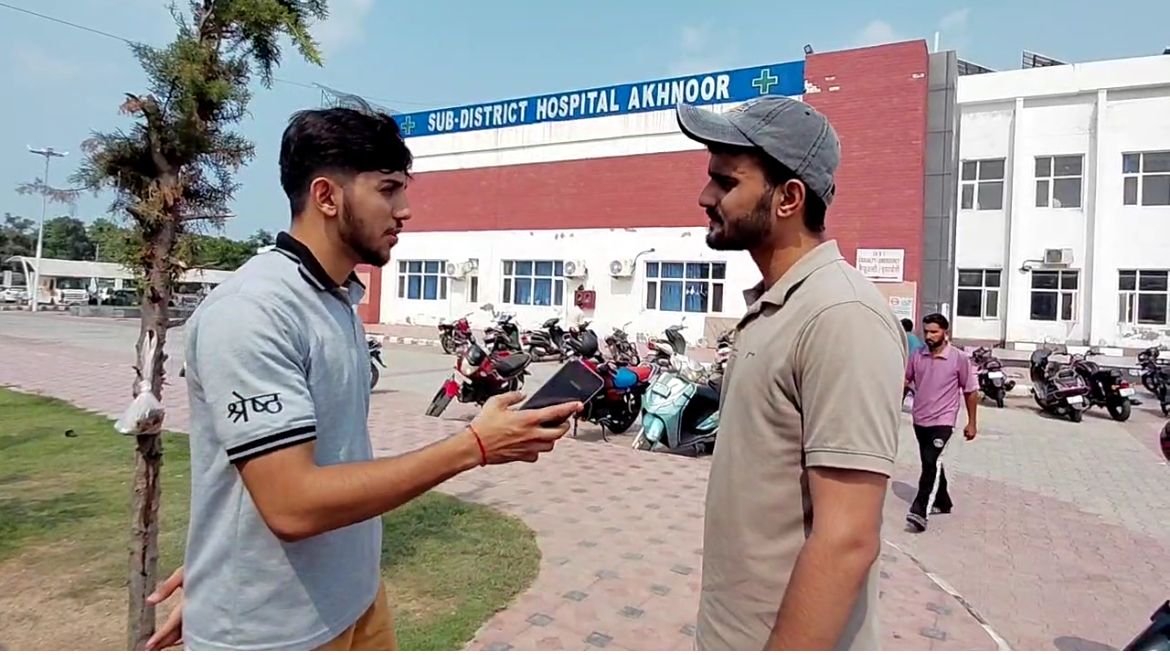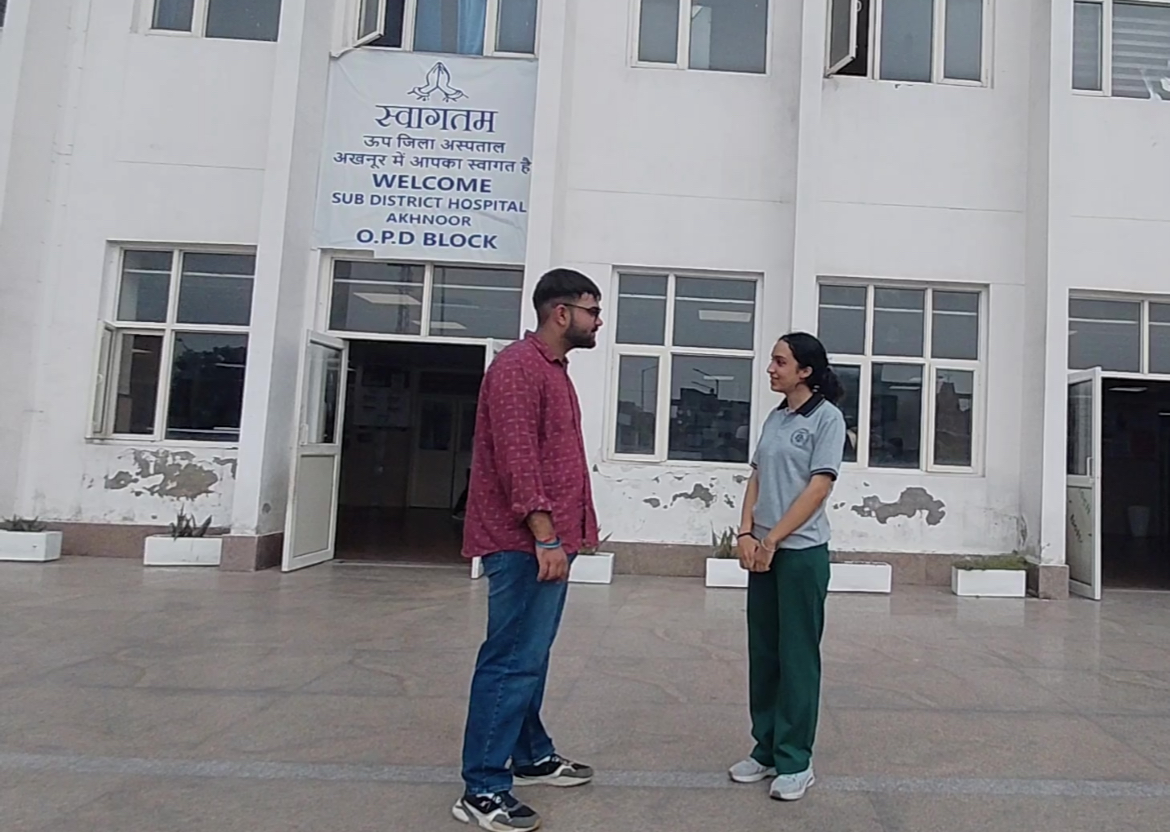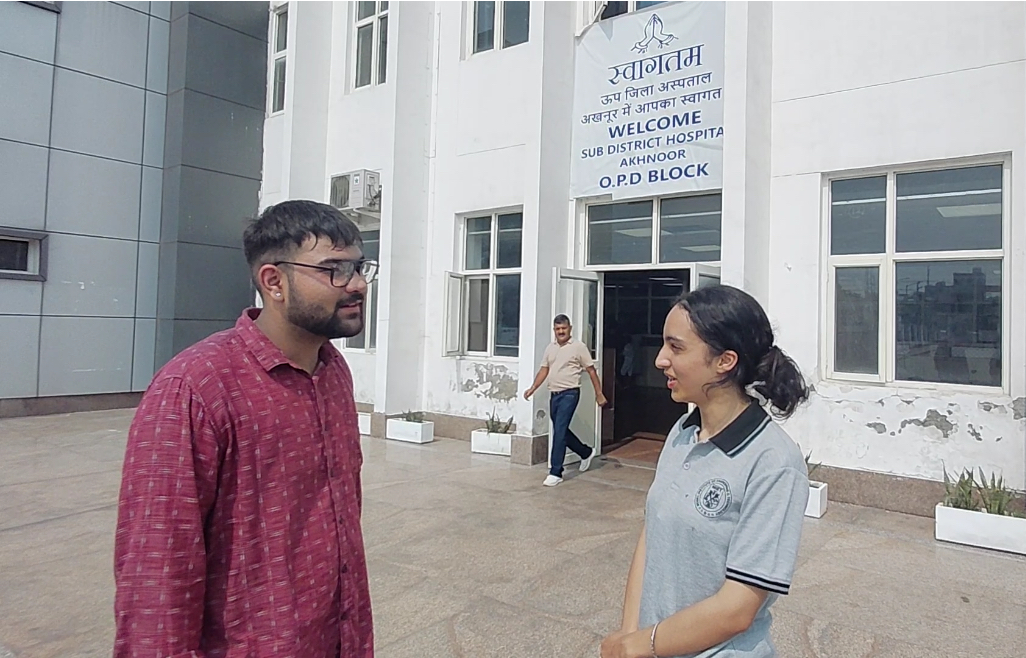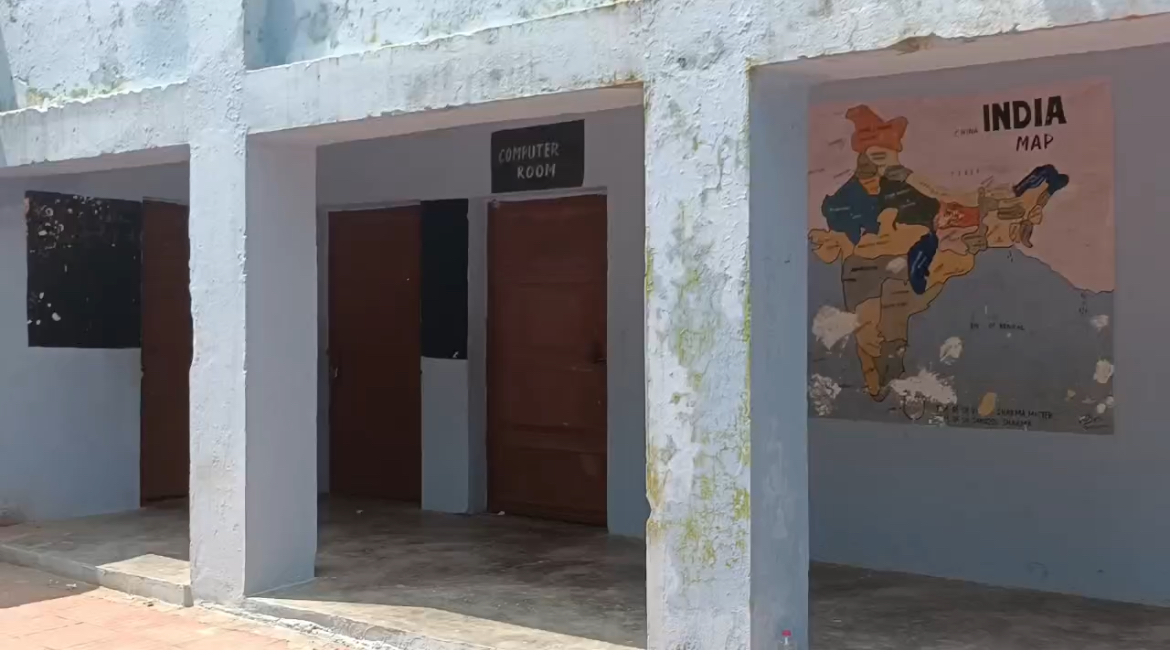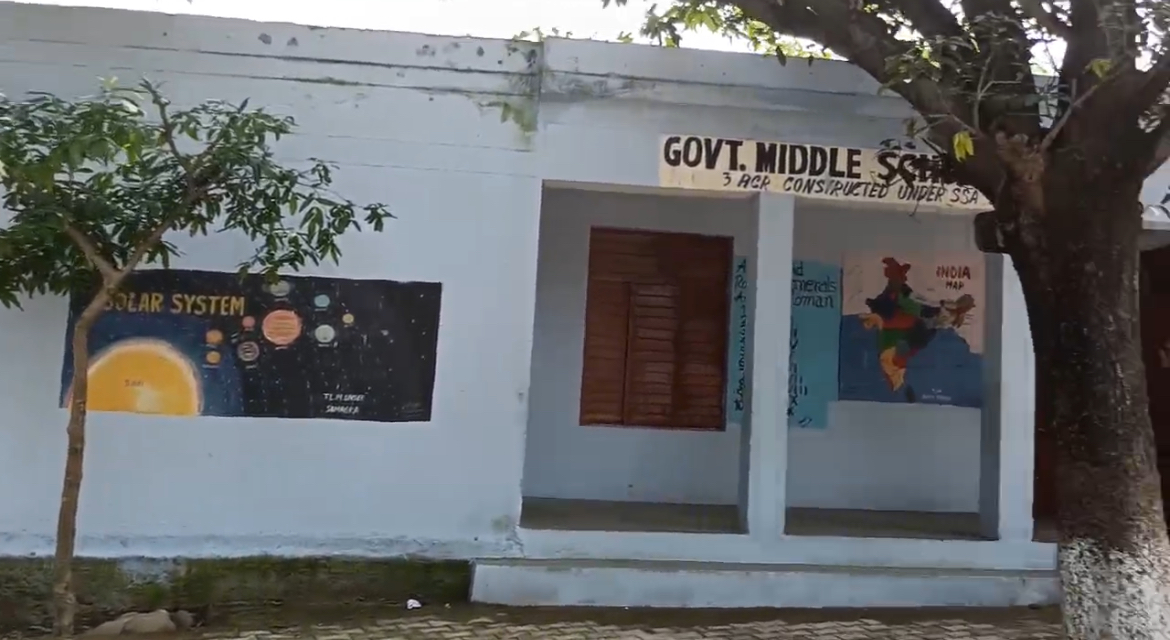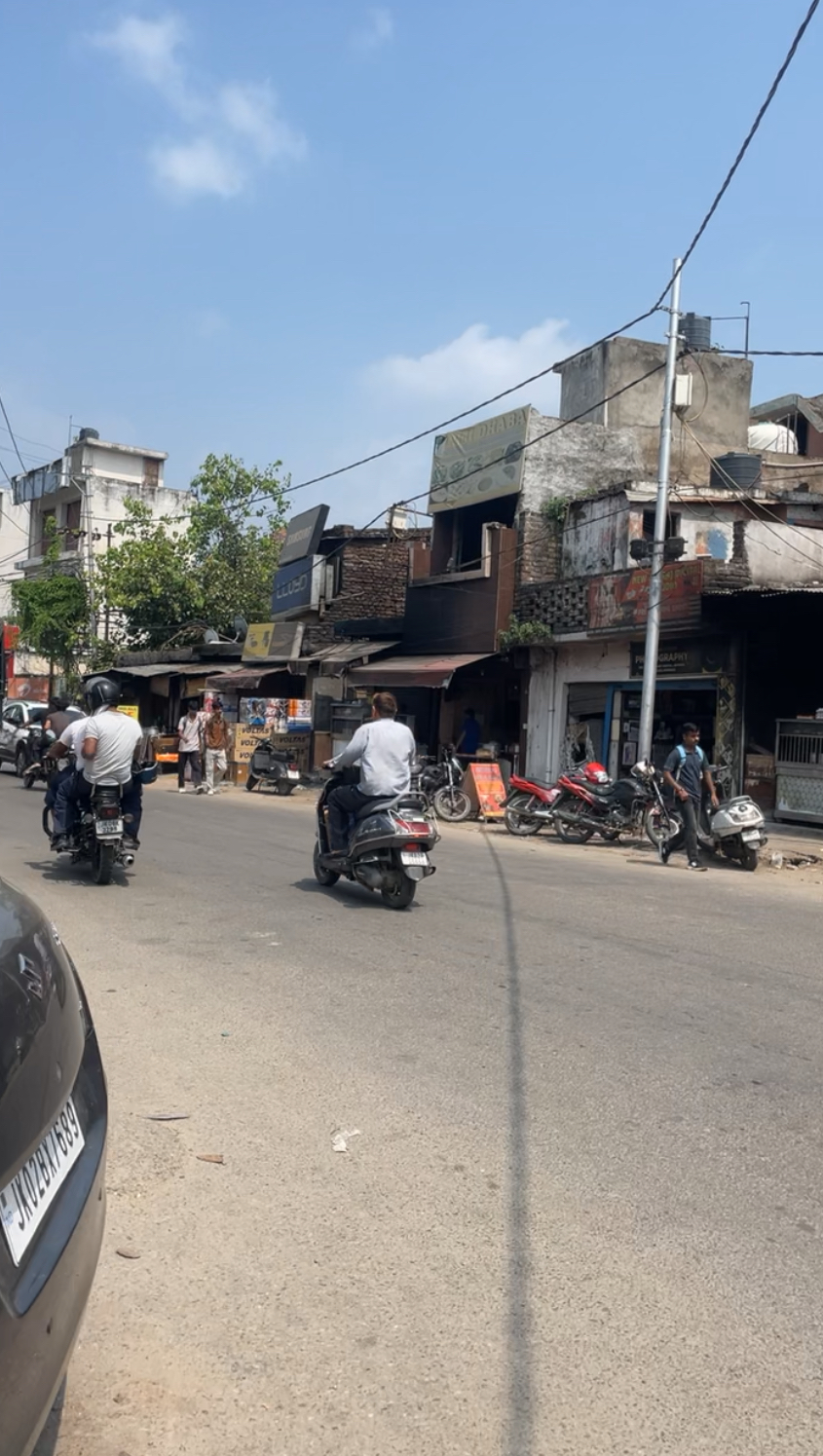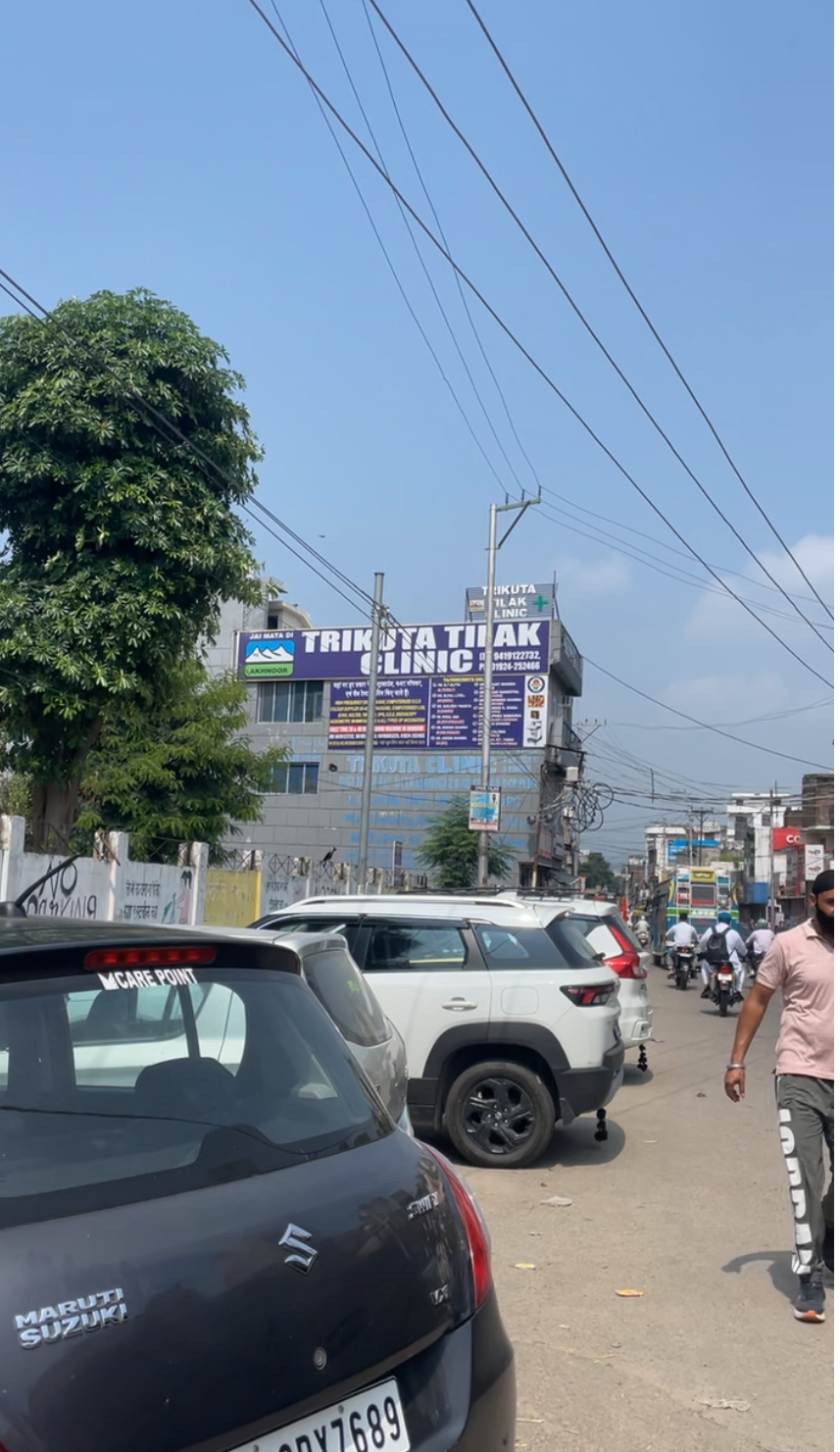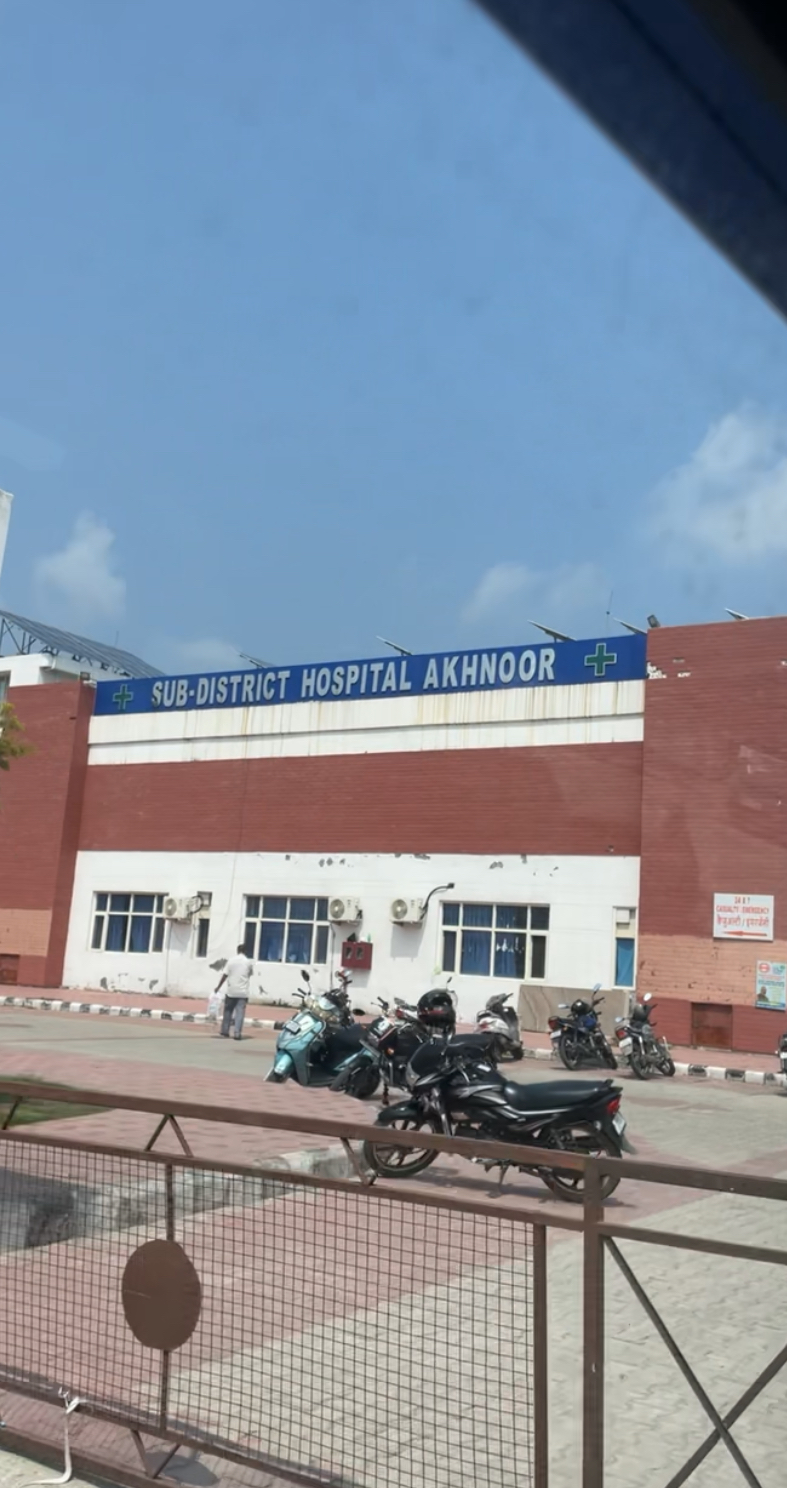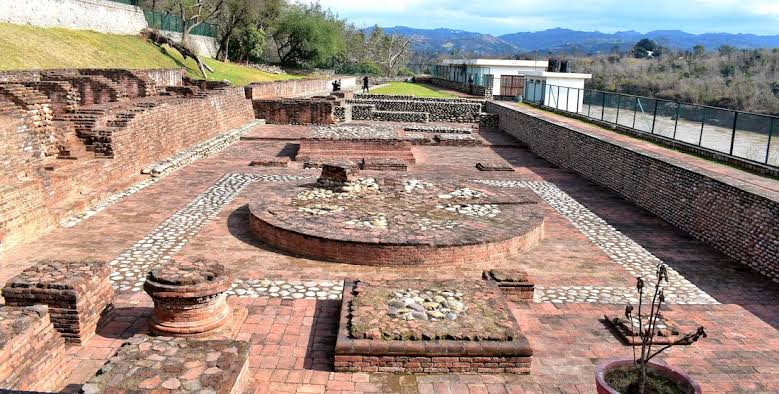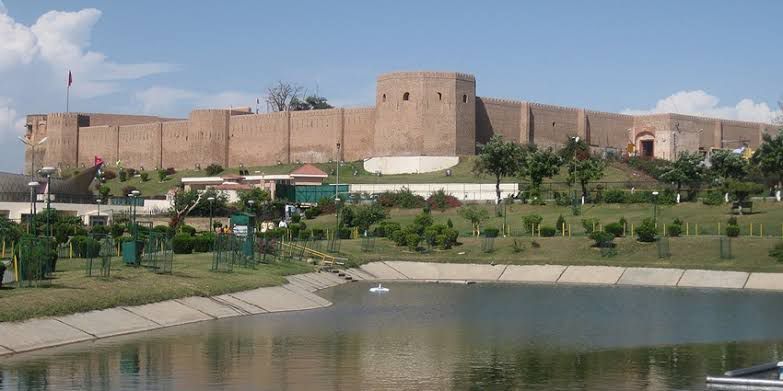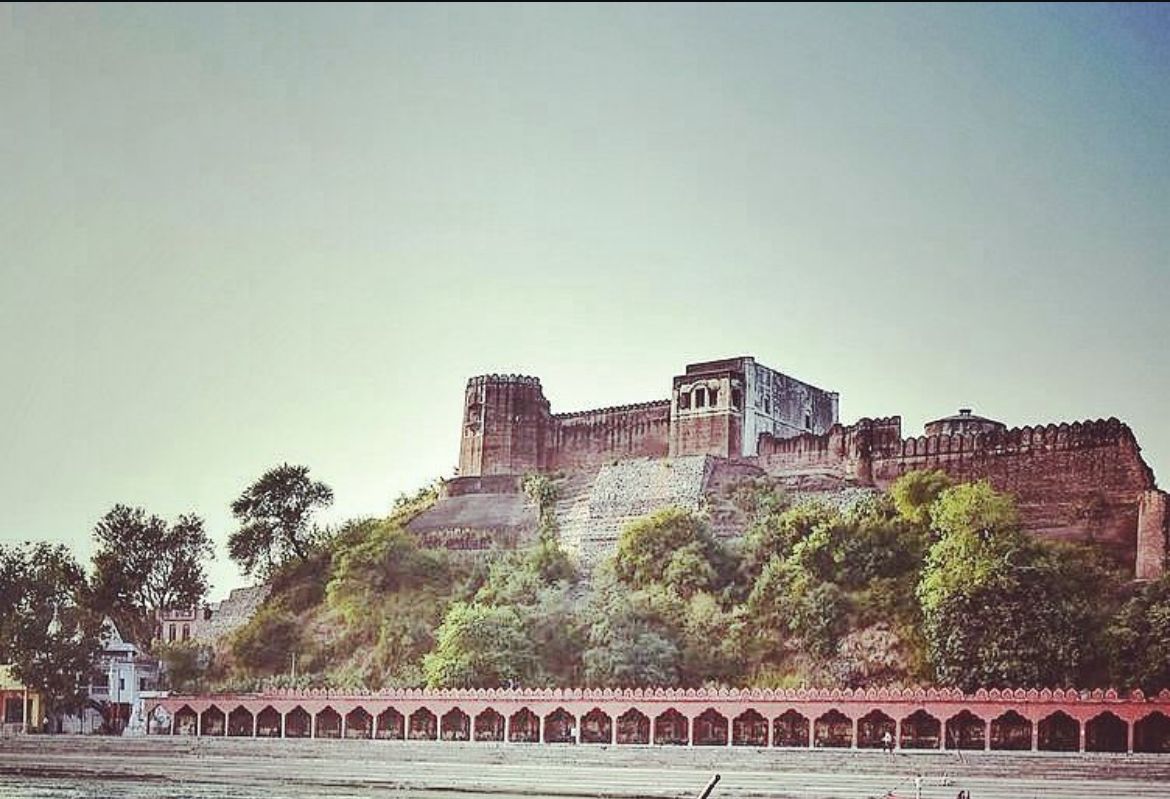Description
Introduction – Name, Location, History
Manda is a picturesque village situated in the Akhnoor tehsil of Jammu district, in the Union Territory of Jammu and Kashmir, India. Nestled along the foothills of the Himalayas, it has a quiet charm rooted in its rural lifestyle and centuries-old traditions. The village holds historical relevance due to its proximity to Akhnoor, which has been a significant site during the Harappan and post-Harappan periods.
Geography & Climate – Landscape, Weather
Manda enjoys a diverse landscape of rolling hills, fertile fields, and patches of forest. The village lies near the Chenab River, which adds to its natural beauty. The climate is typically subtropical, with hot summers, a monsoon season, and cold winters. The scenic views of nearby hills offer a tranquil environment throughout the year.
Demographics – Population, Culture, Religion
The population of Manda is relatively small and primarily comprises Dogra communities. Hinduism is the dominant religion, though there is a peaceful coexistence of different castes and traditions. The residents maintain strong cultural ties, reflected in their language, attire, and daily life.
Traditions & Festivals (with Unique Local Traditions)
While Manda celebrates most common Dogra and Hindu festivals like Lohri, Baisakhi, and Diwali, it also has unique local customs tied to ancestral worship and seasonal cycles. One such tradition is the "Mela of Bua Datti", a local deity believed to protect the village. The mela (fair) is celebrated with rituals, traditional Dogri music, and communal feasting. Unlike widely known festivals, this celebration is unique to Manda and neighboring villages, where villagers gather near a sacred grove or shrine to offer prayers and perform age-old rituals passed down through generations. Traditional Dogri songs like "bhakh" and local dances like "geetru" are performed during festivals and weddings, giving a distinct cultural flavor that isn't found in urban Jammu or other parts of India.
Local Governance – Village Council, Administration
The village is governed by a Panchayat (village council) under the Panchayati Raj system. The Sarpanch (elected head) and panch members oversee development activities, resolve disputes, and manage local welfare programs. The administration works under the Akhnoor block development office.
Education & Schools
Manda has basic educational facilities, including a government primary and middle school. For higher education, students often travel to nearby towns like dasgal. There is growing awareness about the importance of education among villagers.
Healthcare Facilities
The village has limited healthcare infrastructure, typically a government health sub-center or dispensary. For serious medical needs, residents usually visit primary health centers in dasgal, Akhnoor or government hospitals in Jammu city.
Economy & Occupation – Farming, Businesses
Agriculture is the main occupation in Manda, with wheat, maize, and mustard being the key crops. Some families are also engaged in dairy farming and small-scale businesses. A few youth have taken up government jobs or migrated to cities for better opportunities.
Tourist Attractions
In addition to its serene rural atmosphere, Manda’s location near Akhnoor makes it a quiet but promising spot for heritage tourism. The natural landscape around Manda, especially during the monsoon, becomes lush and vibrant, perfect for off-the-map nature lovers. The Chenab River, flowing nearby, offers scenic views and a peaceful retreat for picnics, fishing, or photography. Some local temples, like small Nag Devta shrines in the village fields or hilltops, are significant to the villagers and can intrigue visitors looking for authentic rural religious sites. These aren't grand in architecture but rich in spiritual value and oral history. Nearby, you can also explore archaeological mounds related to the Indus Valley Civilization, as Manda (as a site) was one of the northernmost known outposts of the Harappan culture.
History
Though Manda is a small village, it shares its name with the Manda archaeological site near Akhnoor, which has yielded artifacts from the Indus Valley Civilization. Some local individuals have gained recognition in education, defense services, and public administration.
The Akhnoor Fort, located around 10–15 km from Manda, is one of the region’s most significant historical structures. Built in the early 19th century by Raja Tegh Singh of the Dogra dynasty, the fort stands majestically on the banks of the Chenab River. Its architecture blends Mughal and Dogra styles, with strong stone walls, watchtowers, and beautifully arched windows. The fort was constructed for strategic military purposes, serving as a defensive outpost to protect the western border of the kingdom from invasions.
Beneath the fort lies the ancient town of Akhnoor, with a history stretching back thousands of years. In fact, the fort sits atop archaeological remains from the Harappan (Indus Valley) period, as well as the Buddhist and Kushan periods, making it one of the rare places in India where such multilayered historical strata are preserved in one location.
The fort was actively used during the Dogra rule but gradually lost its strategic importance after the British took administrative control. Today, it’s a protected monument under the Archaeological Survey of India (ASI), and though some parts are in ruins, restoration work continues to preserve its historical legacy. The view of the Chenab River from the fort’s ramparts is breathtaking and remains a highlight for history enthusiasts and tourists alike. Even though akhnoor fort is not exactly in manda but akhnoor is so near it that it contributed to its tourist attraction, that contributed to it's economy since many people go though manda and stay there, which in turn supports the village’s local economy through small shops, food stalls, and transportation services.
Development Projects or Issues
Manda faces challenges like poor road conditions, limited healthcare access, and youth unemployment. However, various development projects like road improvement, electrification, and sanitation under central schemes are gradually improving infrastructure and quality of life.
Photos
Location Map
Contact Information
| Address |
akhnoor district, pincode- 181201 |
| Phone Number |

